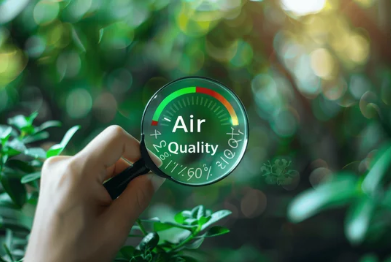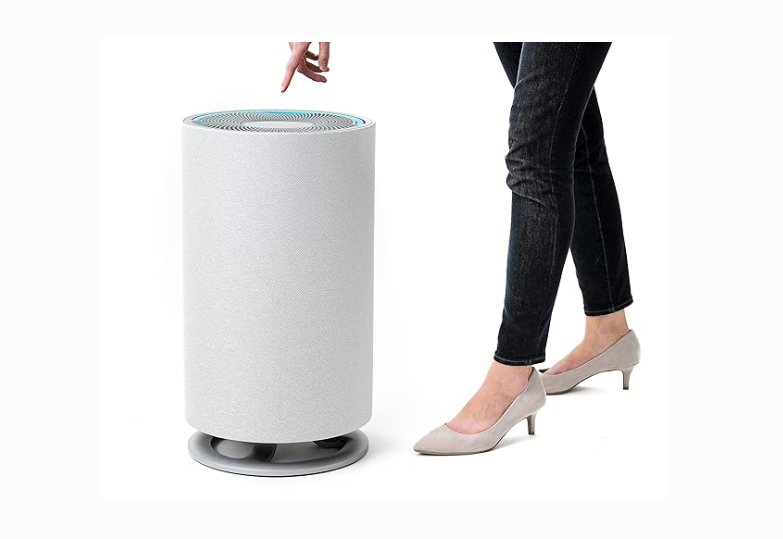-
Air Quality Forecast -
AQ Forecast by Site -
About
Tijuana River Valley
SDAPCD is responsible for monitoring air quality in San Diego County and regulating stationary sources of air pollution to meet federal and state air quality standards, laws, and regulations. This page is dedicated to providing the actions being taken by the San Diego County Air Pollution Control District (SDAPCD) regarding the odors impacting South Bay residents.




